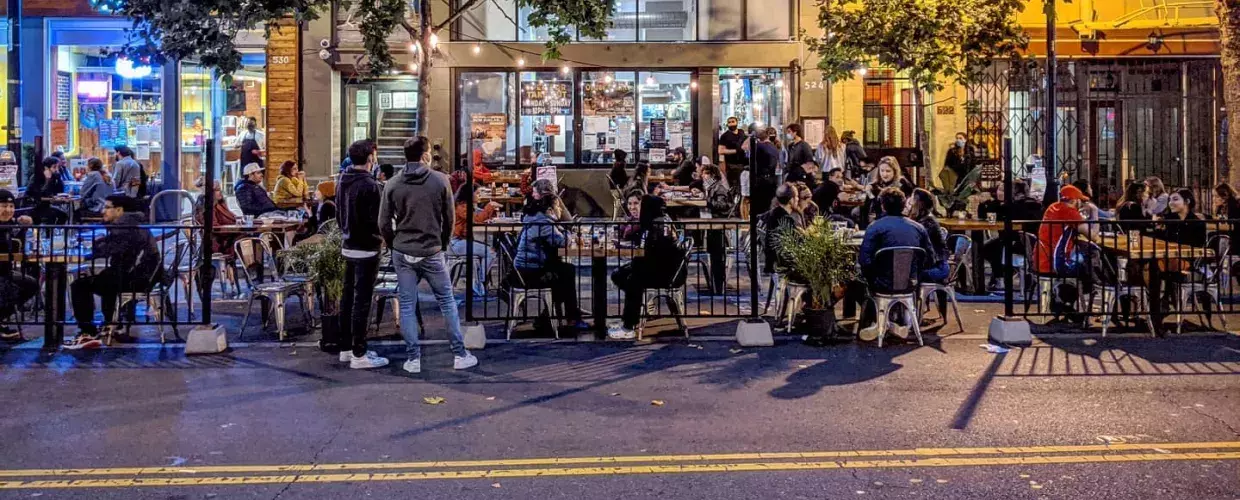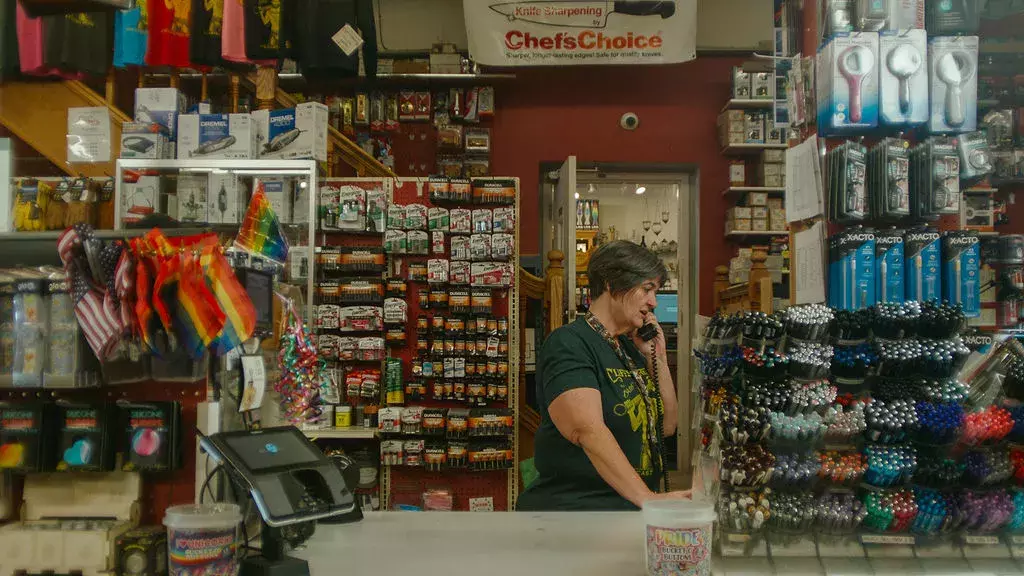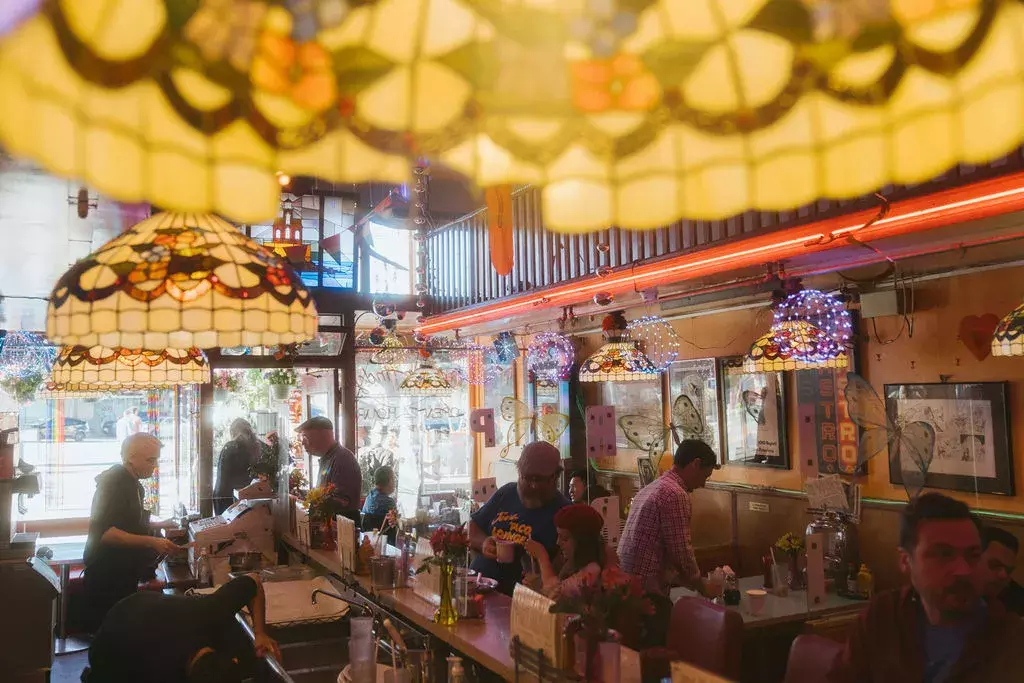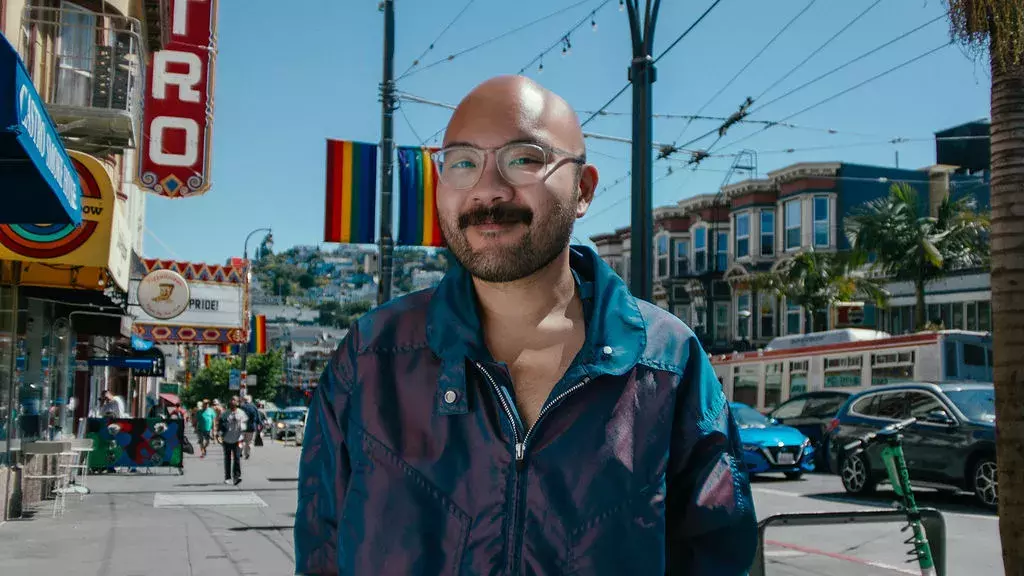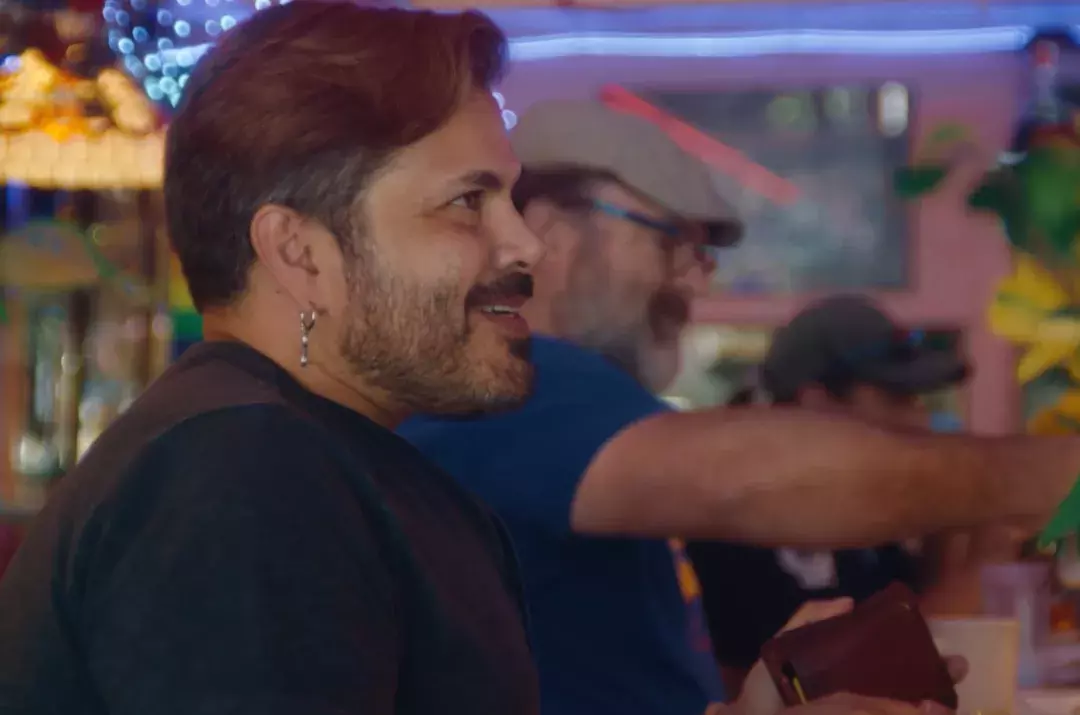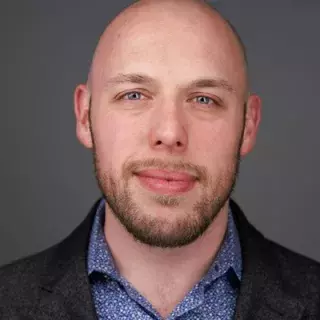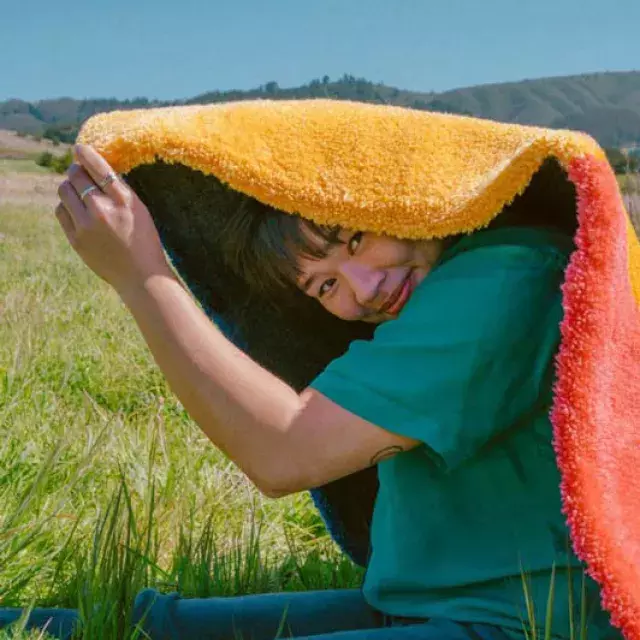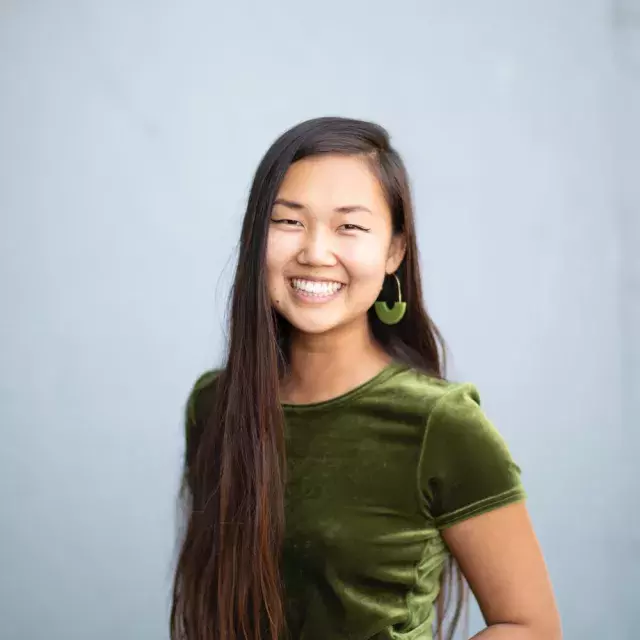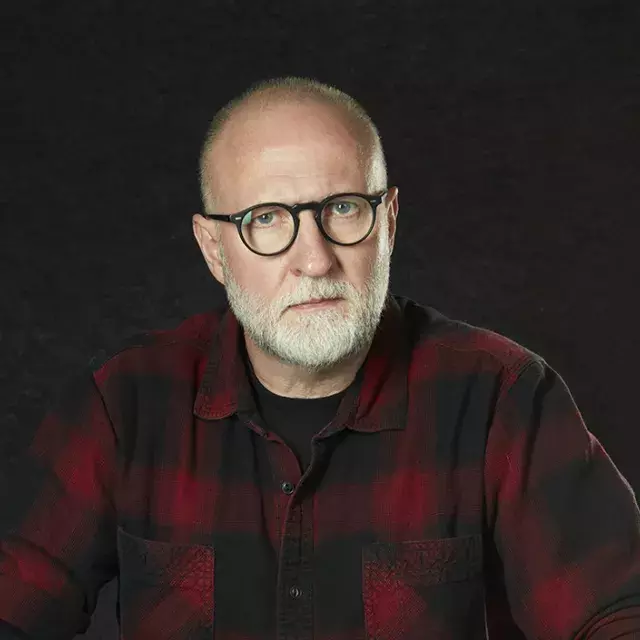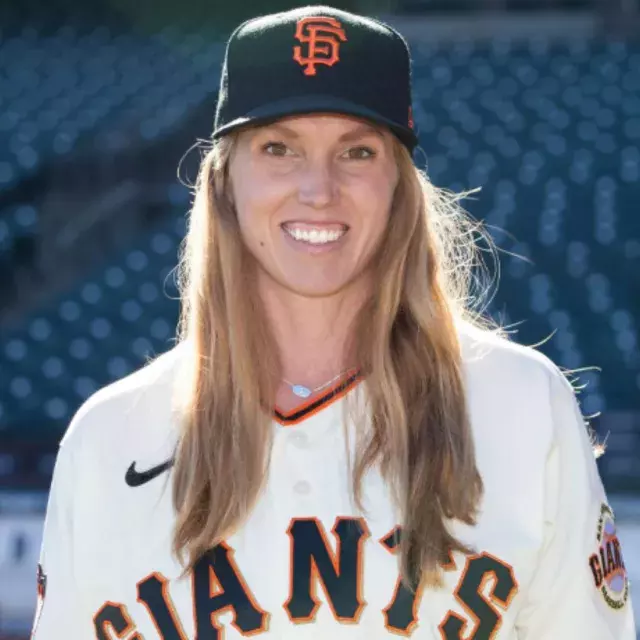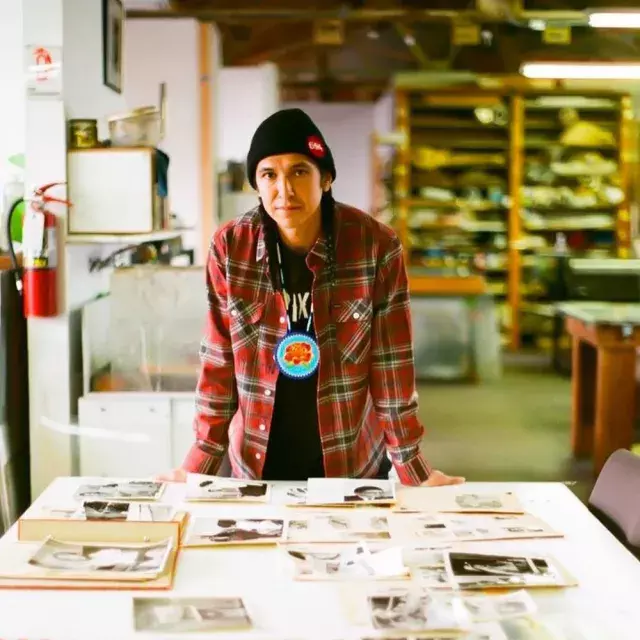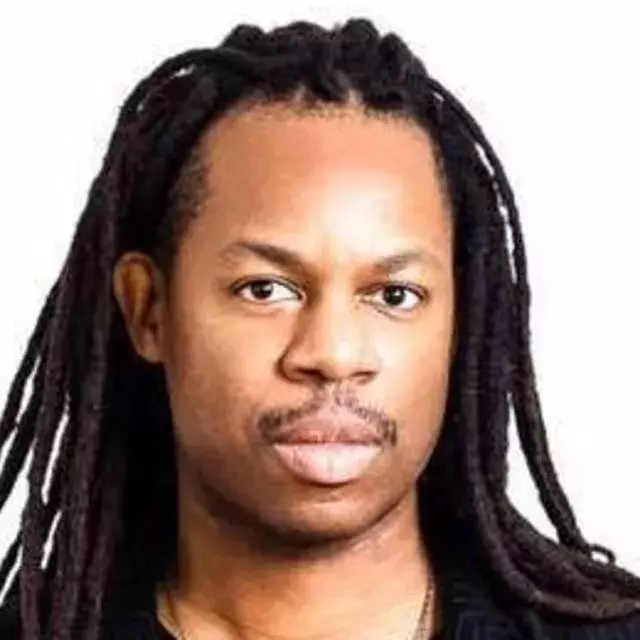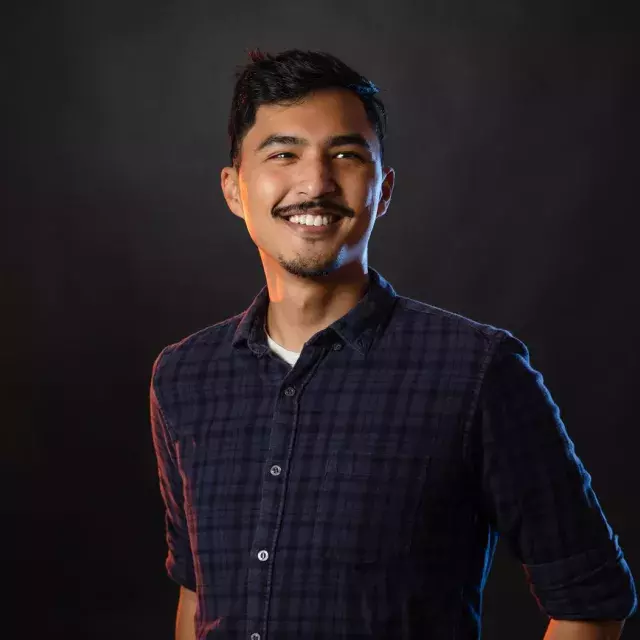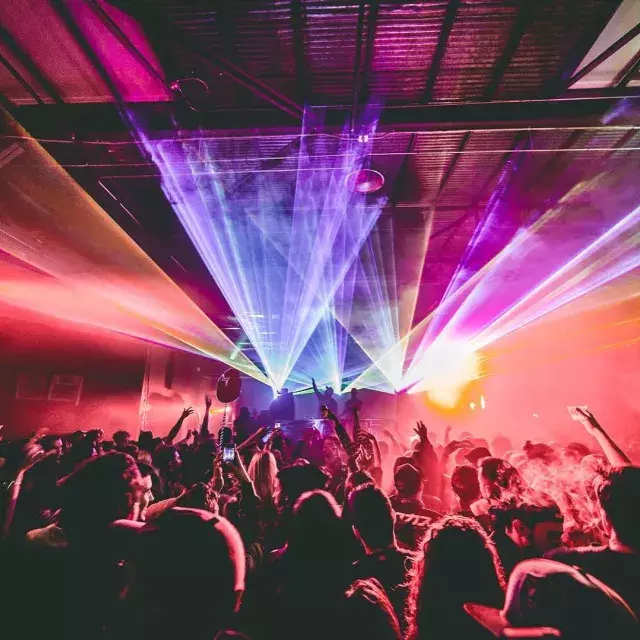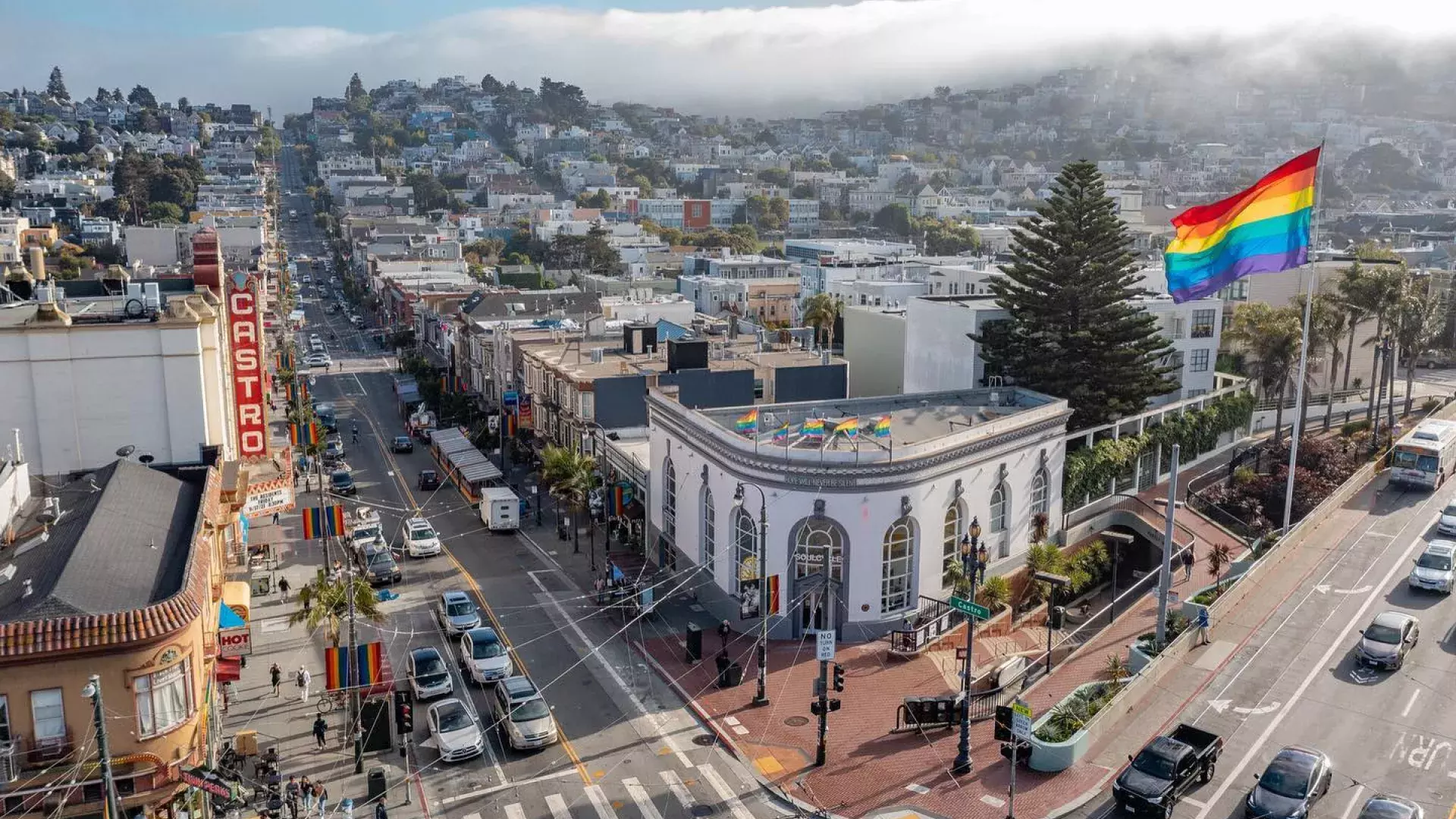
Heart of the CityThe Castro
For Castro residents, the only thing more inspiring than the neighborhood’s storied past is its wide-open future. Find out how you can be part of it.
At a time when LGBTQ+ culture has never been more mainstream, it might be tempting to think that dedicated gayborhoods are a thing of the past. Not according to the locals who call San Francisco’s Castro their home.
Even in a city as welcoming and accepting as San Francisco, these business owners and neighborhood advocates believe that the community and character of the Castro is worth protecting and nurturing, to ensure that it remains the heart of the city for any who arrive here.
The Castro
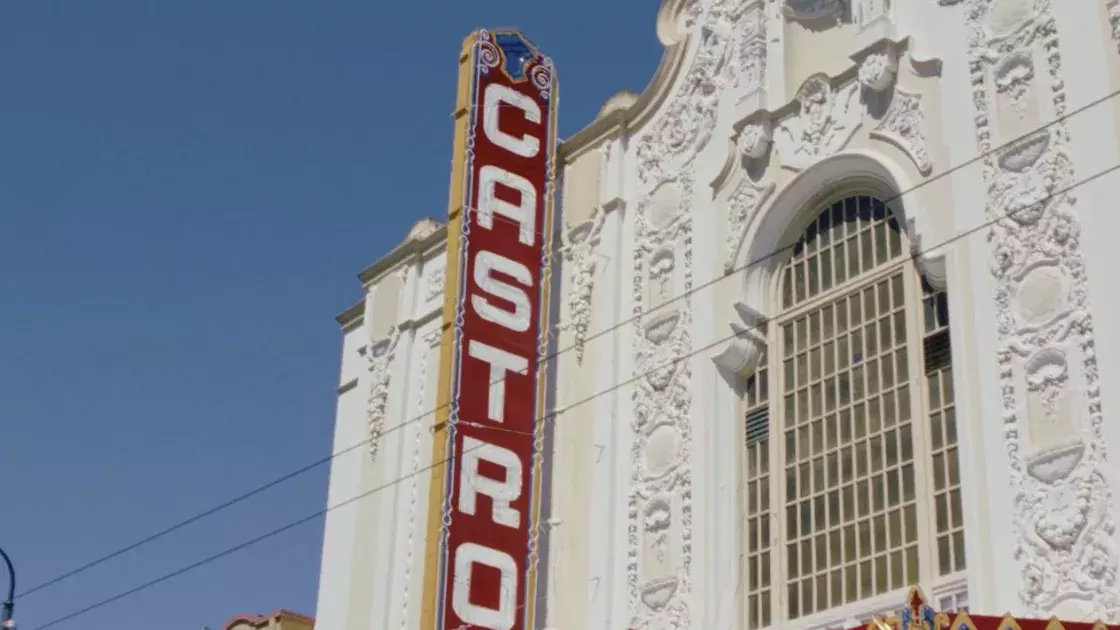
Witnessing History
Before drag was de rigueur, the Castro was a different kind of gayborhood. There was no honor walk saluting brave, LGBTQ+ pioneers. There was no giant rainbow flag soaring above Harvey Milk Plaza. There was no Harvey Milk Plaza! There were, however, businesses that welcomed everyone and adapted to the community’s changing needs.
Terry Atsen Bennett is the co-owner of Cliff’s Variety, a neighborhood staple reminiscent of classic five-and-dimes. “We like to say, if we don’t have it, you don’t need it,” she quips.
Cliff’s Variety started in 1936, first operated by Terry’s great-great-grandfather as a paper goods store and then greatly expanded by her great-grandfather, Ernie, a fix-it man who could repair and restore just about anything.
Restoration is what would drive the growth of the neighborhood generations later, as the city’s LGBTQ+ population started moving out of Polk Gulch and into the Castro’s classic Victorian homes. In response, Cliff’s began carrying paint, plaster, and other home improvement items. The store began to meet other community needs, as well.
“When the drag queens started to arrive, we started carrying wigs and eyelashes,” she says with a smile. “We have the best price on eyelashes in the entire city!”
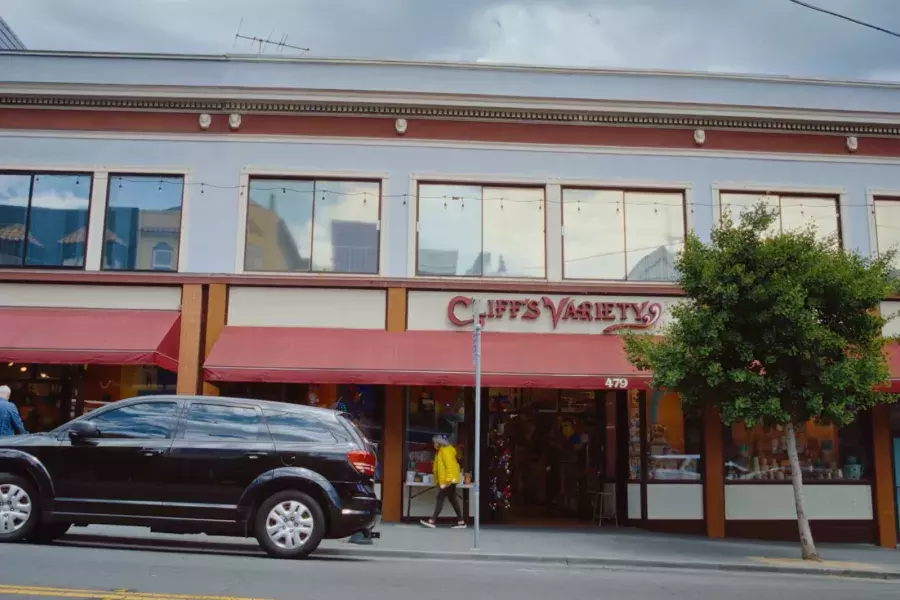
Did You Know?
There’s a shocking secret about the namesake of Terry’s store. “Cliff never worked here,” she admits. “His parents started the store and Cliff was a musician. They hoped by naming the store after him, he’d get a real job. But Cliff never worked here.”
A community needs more than just a place to shop. It needs a place where its people can connect. Bill Pung and Dennis Ziebell have owned and operated the classic American diner, Orphan Andy’s, since 1977. For them, Orphan Andy’s was always intended as a neighborhood beacon.
“People come from all over the world to be here,” says Dennis. “People come into the neighborhood to seek a safe place to hang out.” The decision to remain open 24 hours a day—almost unheard of in San Francisco—was not just a competitive business choice. “It helped with the vitality of the neighborhood,” he says.
That vitality was threatened on more than one occasion. Terry, Bill, and Dennis all remember the challenges of the past. “What made it unique was all of the political activism in the ‘70s, for our civil and human rights,” recalls Dennis. “And then again in the ‘90s, with the AIDS crisis.”
Terry is proud of the fact that Cliff’s was among the first businesses in San Francisco to hire openly gay employees and to extend them long-term disability benefits when AIDS ravaged the community.
“As the neighborhood changed and the city changed, we went through all the rough times and the hardships,” says Bill, “But it also made all of us stronger and helped us to find out who we really are.”
Shaping the Future
The Castro’s ability to inform identity hasn’t lessened over time. For Josh Decolongon, arriving in the Castro was transformative.
"I didn’t really feel like myself until I moved here."
“I really like how the Castro represents the past, the present, and the future of queer neighborhoods,” he says. “Every year that I’ve spent here, the demographics have really changed. It’s definitely become more diverse in terms of age and ethnicity. And I think that is super cool because it really is showing the direction that the neighborhood is evolving.”
As a ten-year resident of the Castro, Josh has seen the neighborhood evolve through its food and beverage businesses. “There’s a wine shop called Castro Village Wine Company, and they’ve been around for decades. And then you have other places like Swirl, which has a really cool global focus, and very new places like Bottle Bacchanal, which focuses on the new wave, natural wines. They’re all literally within a two or three block radius of each other.”
Late night bites are a staple of the neighborhood, but Josh has watched carefully as the Castro has upped its culinary game. Restaurants like brunch favorite Fable "really display their artistry. It's nice to know that there are places that really focus on the art behind what you're eating."
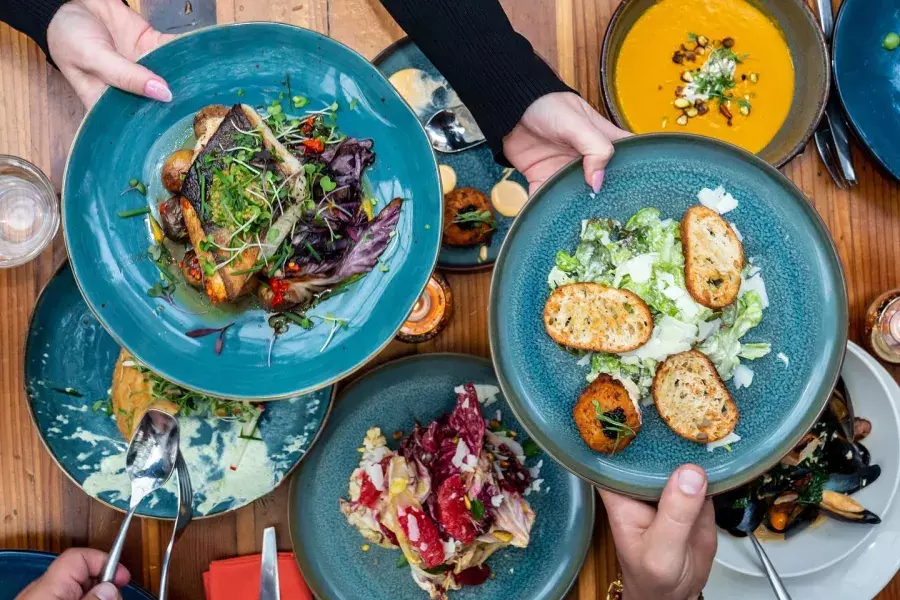
Where to Eat in the Castro
With our handy guide to the best dining in the area, you can be a trendsetting tastemaker like Josh!
Josh recognizes the impact that the Castro has on newcomers, just as it once had on him—and he expects that to continue. “These places are still necessary for people to come to and to get to know themselves and be confident. Everybody that I see that visits finds something that they really connect to, no matter who they are. And everybody always leaves feeling great.”
The Heart of the City
Long-time locals and more recent arrivals agree that with its legacy, promise, and hospitality, the Castro is the heart of the city.
“You walk down the block and everybody knows your name,” says Terry. “You care about what’s happening to your neighbors. You care about what’s happening to the neighborhood. You matter.”
At both Cliff’s and Orphan Andy’s, employees stick around; a testament to both good leadership and an accepting community. “We’ve had gay, straight, bi, trans, every color under the rainbow,” says Terry. For Bill and Dennis, having staff from across the country and around the world is invaluable. “They bring all of that into the restaurant, and it becomes part of the vibe.”
“Everybody appreciates everybody for who they are.”
“One thing that I love about the Castro is that no emotion is really held back,” says Josh.
Terry agrees. “The Castro is a place where people come to celebrate, to mourn, to protest, to be who they are. And it’s a safe place to do those things.”
That collective activation, that uniting spirit, that supportive network is what animates the Castro as it moves forward and continues to call out to those who feel they haven’t found themselves or their community. It’s an exciting prospect for these neighborhood leaders.
“It’s going to leap forward into a new generational concept of who we are as LGBTQ+ people,” says Dennis. For locals and visitors alike, that’s a journey worth taking.
